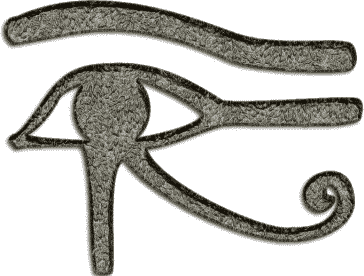Some tasks to be implemented and tested (not
necessarily mapping directly to individual projects). Most of these
tasks are harder than they may appear at first sight. Background
reading and experimental results comparison will be necessary in all
cases:
- Registration: it is necessary to find the centre of each image, preferably with sub-pixel accuracy,
and to align the axis of the mirror with that of the camera.
More generally, to determine all of the sensor (camera+mirror) intrinsic and extrinsic parameters.
- Unwarping transformation (to warp = to distort): transform the original image from the circular image of the mirror,
often in the polar coordinates (r,theta), to the rectangular cartesian coordinates (x,y) of a traditional rectangular image.
This requires pixel interpolation. It is easier for humans to interpret the rectangular images.
The unwarped image is also sometime called the panoramic image.
- Image matching: we need to be able to match pairs of images to find the rotation
of the observer (robot) in between the two positions.
When done well, this should be more accurate than the use of a compass or odometry methods.
There is a variety of ways in which the matching can be done.
- Stereopsis: we can match individual image features along the radial epipolar lines to estimate the distance of objects.
Again, a number of methods are possible.
- Motion: we can find the instantaneous velocities of edges from pairs of images in a motion sequence.
This gives us more information about the motion of the observer (robot).
New methods taking advantage of the special nature of the omnidirectional vision are being investigated.
|






